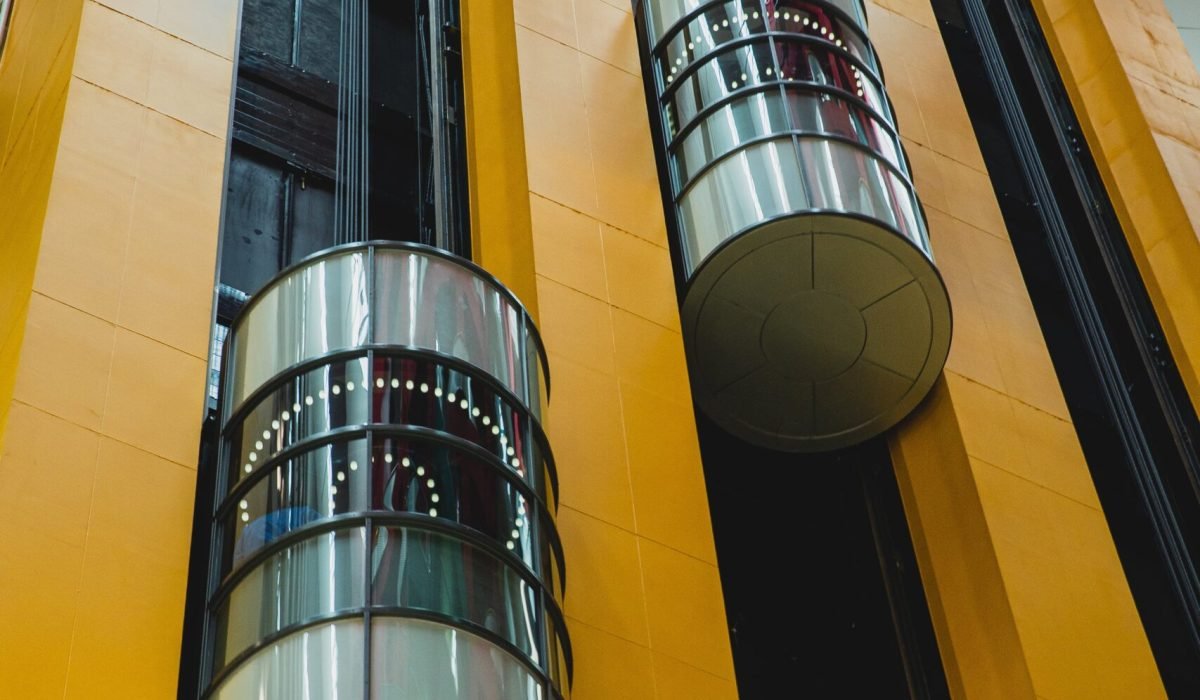Retrofitting Elevators: Upgrading for Safety, Efficiency, and Future-Proofing
While elevators are marvels of engineering, time can take its toll, leaving older systems less efficient, less safe, and potentially non-compliant with current regulations. This is where elevator retrofitting steps in, offering a cost-effective way to breathe new life into aging systems, reaping benefits for building owners, tenants, and the environment alike.
The Urgency of Upgrading:
Elevators have a lifespan of about 20-25 years, after which their performance and safety features can deteriorate. Outdated systems may suffer from:
- Increased downtime: Frequent breakdowns disrupt building operations and inconvenience users.
- Safety concerns: Older components may not meet current safety standards, posing potential risks.
- Energy inefficiency: Outdated technology consumes significantly more energy compared to modern alternatives.
- Accessibility limitations: Older elevators might lack features like wider doors or lowered buttons, hindering accessibility for all users.
- Compliance issues: Non-compliance with current building codes can lead to fines and safety hazards.
Benefits of Retrofitting:
Upgrading existing elevator systems offers a multitude of advantages:
- Enhanced safety: Modernization incorporates updated safety features like fire-resistant materials, improved braking systems, and emergency communication tools.
- Increased efficiency: Replacing outdated components with energy-efficient drives, LED lighting, and regenerative braking systems significantly reduces energy consumption and costs.
- Improved reliability: New technology minimizes breakdowns and ensures smoother operation, reducing downtime and maintenance costs.
- Accessibility upgrades: Implementing wider doors, lowered buttons, and voice-activated controls enhances accessibility for people with disabilities.
- Modernized aesthetics: Updating elevator interiors with new finishes, lighting, and technology creates a more contemporary and appealing look.
- Compliance assurance: Retrofitting ensures adherence to current building codes and safety regulations, avoiding potential legal issues.
- Future-proofing the asset: Upgraded elevators are better equipped to adapt to future technological advancements and changing needs.
Cost-Effective Solution:
Compared to complete elevator replacements, retrofitting offers a more cost-effective solution. By reusing existing infrastructure and selectively replacing key components, building owners can achieve significant improvements without incurring the full cost of a new elevator.
The Future of Retrofitting:
Advancements in technology are making retrofitting even more attractive. Modular components, prefabrication techniques, and the use of digital tools are streamlining the process, reducing downtime and ensuring faster installation.
Conclusion:
Retrofitting elevators is no longer just an option, but a wise investment for building owners. By prioritizing safety, efficiency, and accessibility, it ensures a smoother ride for everyone while contributing to a more sustainable future. So, consider giving your aging elevators a well-deserved upgrade – the benefits extend far beyond the next floor.

